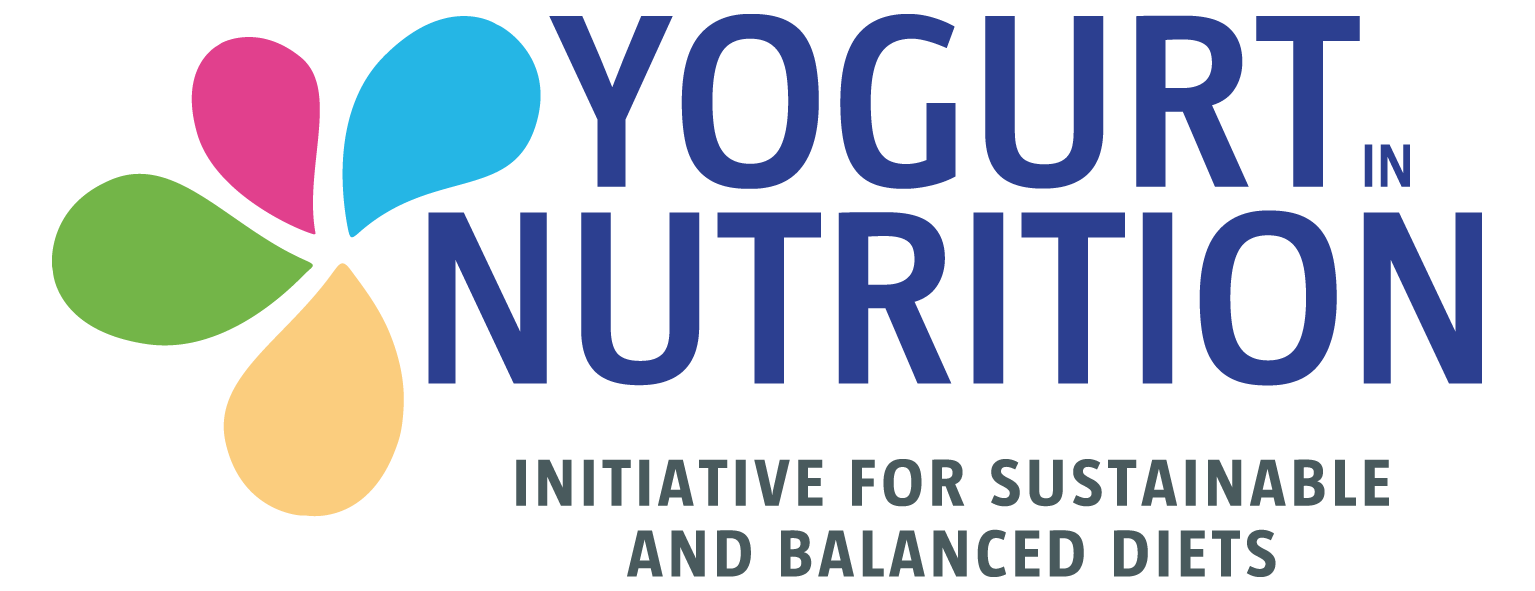Low calcium intakes in Argentina
In Argentina, one of the most important nutritional challenges is to meet calcium needs. National Food surveys and studies showed that calcium intakes decrease with age as a consequence of poor snacking choices. This reduction results in a high proportion of individuals with calcium intakes below recommendations: from 25% in preschoolers and adult women to 74% in elderly people. Not meeting the calcium needs at any given age can have serious health consequences like increased risk of bone fractures in children and, later in life, osteoporosis
A database of food habits
To improve these insufficiencies, researchers came up with a statistical tool to propose food swapping in real dietary practices. This tool was created using food and drink consumption data from a 7-day diary run on a representative sample of 800 18- to 69-year-old Argentinian urban women. With this data base of food habits, they were able to measure the potential impact on nutrient intakes of virtually substituting a given food or beverage for its main alternatives, in corresponding proportions.
Food swapping has a positive effect
Results showed that dairy consumption could be increased by choosing dairy food instead of other foods in two main moments of the day:
- At breakfast: replacing 23.8% of the infusions, 25.96% of cookies, and 18.1% of crackers by fresh dairy products.
- And at the mid-afternoon snack by swapping 24.4% of the infusions, 25.3% of bakeries and pastries, 22.6% of crackers, and 18.15% of cookies at mid-afternoon snacking by fresh dairy products
If these substitutions were performed with a yogurt, low in sugar and fat and fortified in calcium, the simulation analysis showed that the consumption of free sugars would decrease by 10%, while total and saturated fat would remain stable. Calcium intake would also double, and the prevalence of people not meeting the calcium intakes requirements would shift from 64% to 11%. The study also demonstrated that making these simple food swaps (including yogurt) may easily and rapidly have a great effect on diet quality.
To learn more, read the original article.





